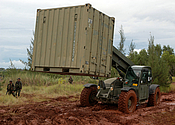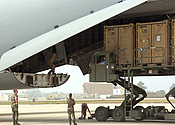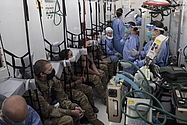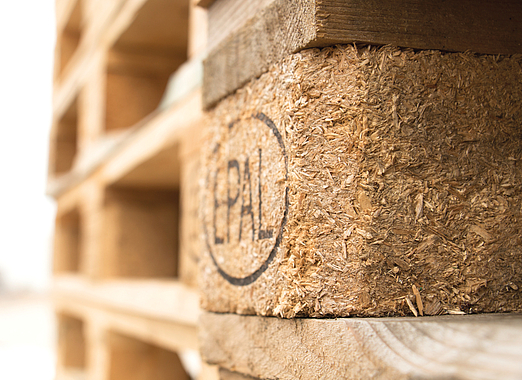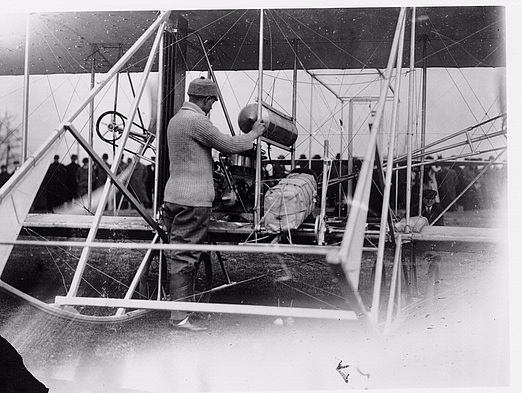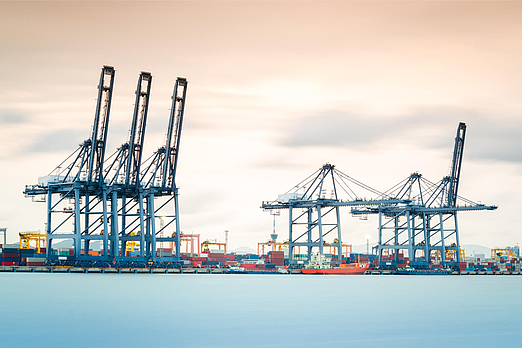The CONEX box: a direct precursor of the container
- Facts
Developed by the U.S. Army shortly after the end of World War II, the CONEX box can now be considered the forerunner of today’s conventional containers. It anticipated many of the container’s features and impressively demonstrated the practicality of a standardized container concept. Above all, its use in transporting and storing supplies and military goods during the Korean and Vietnam wars anticipated the subsequent rapid expansion of containers. Learn more about this box, its rudimentary precursors and the versatile ways in which it has been repurposed.
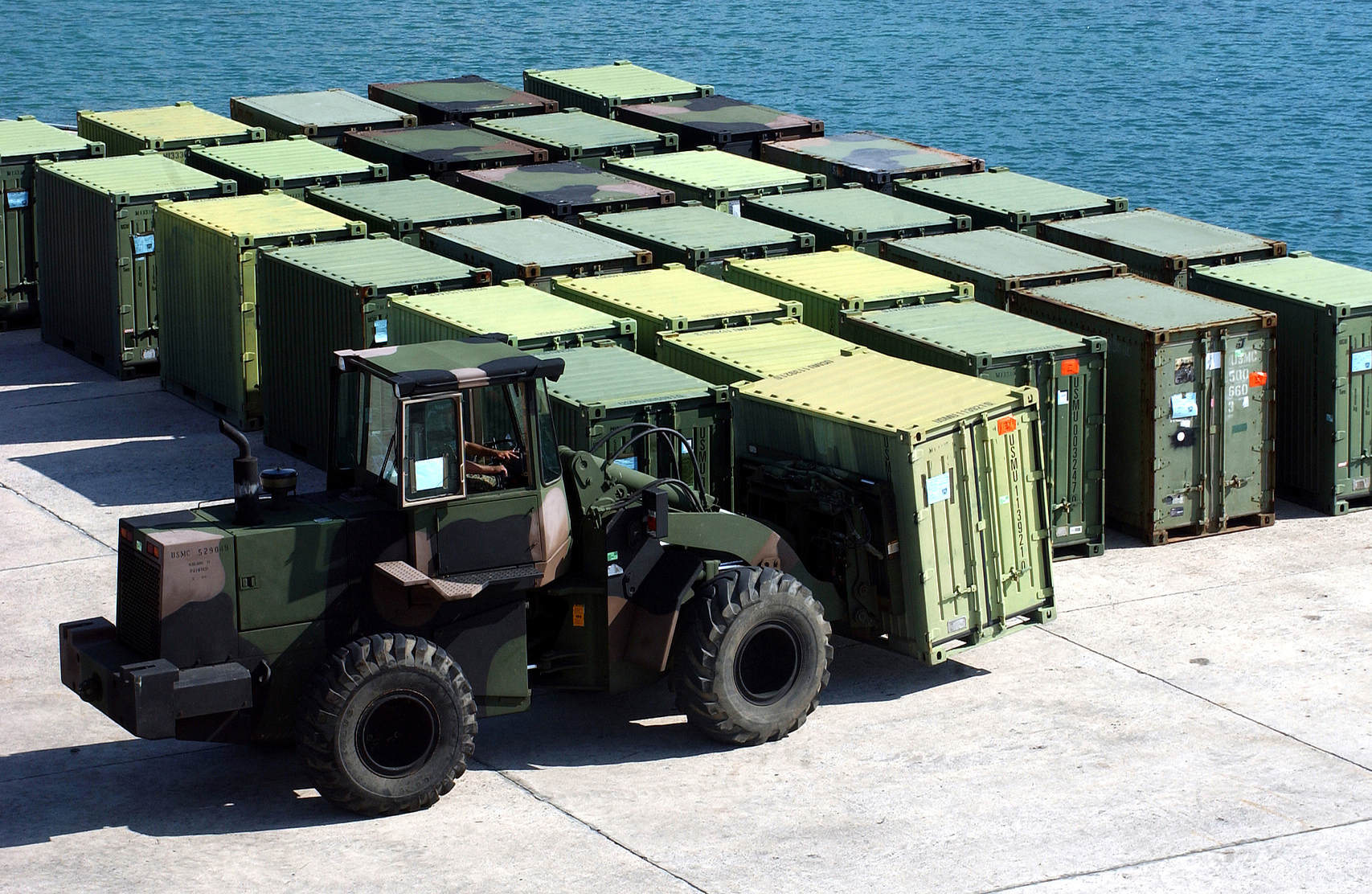
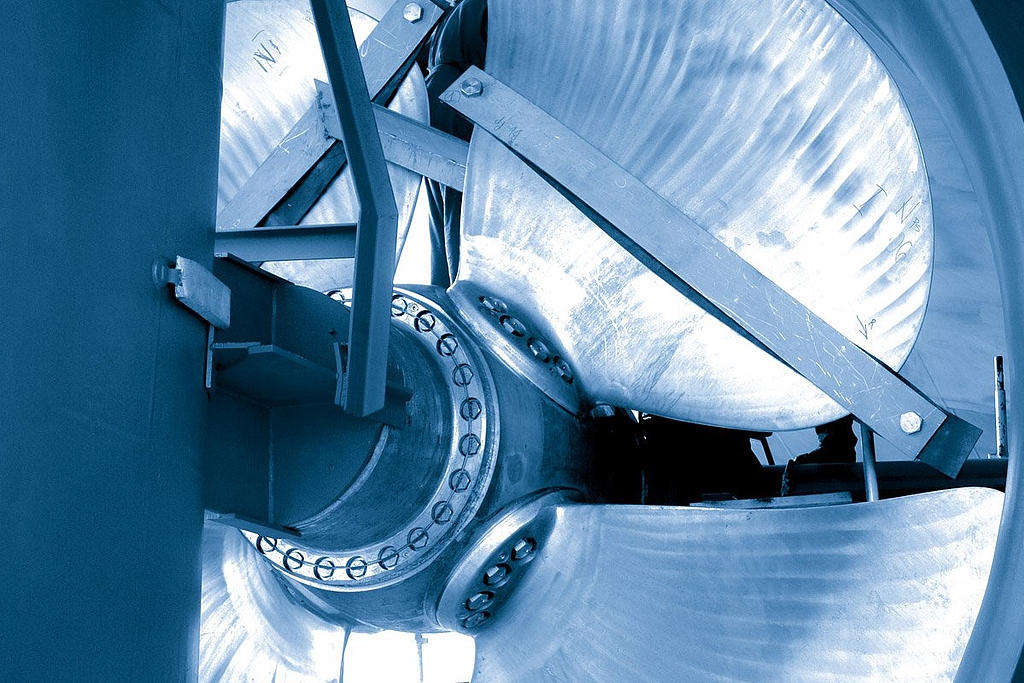

Our rail service is 50% faster than sea cargo and 60% less expensive than air cargo, giving you the best of both worlds.
Rail transport is a fast, cost-effective and environment-friendly alternative to air and sea freight. Our specialized teams will create the optimal rail transport concept for any commodity.
Find out more
